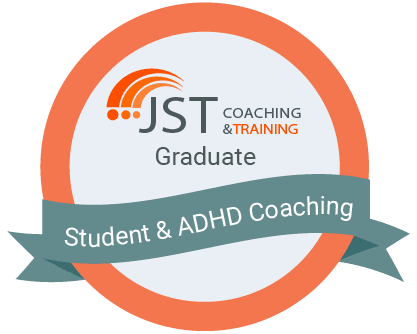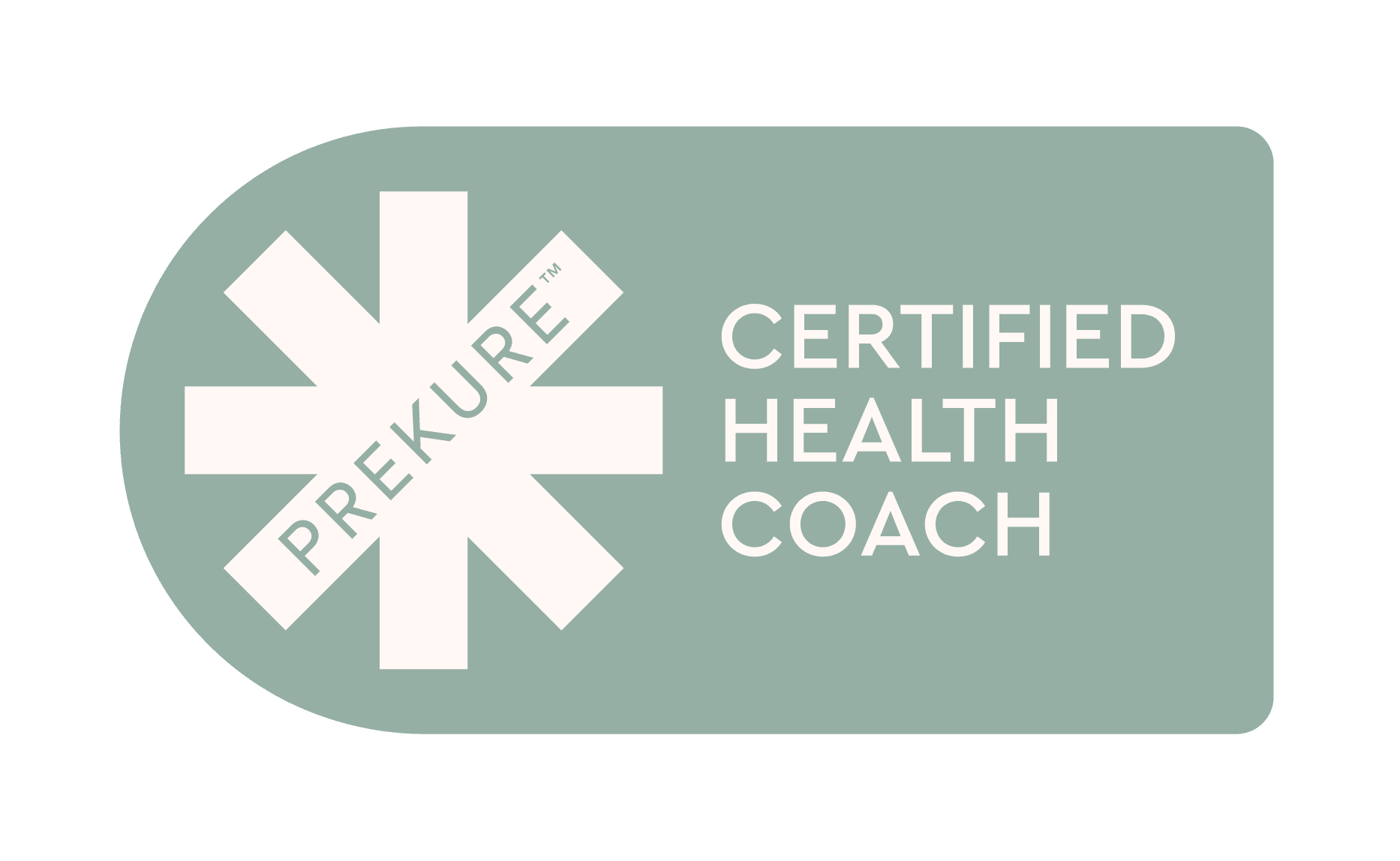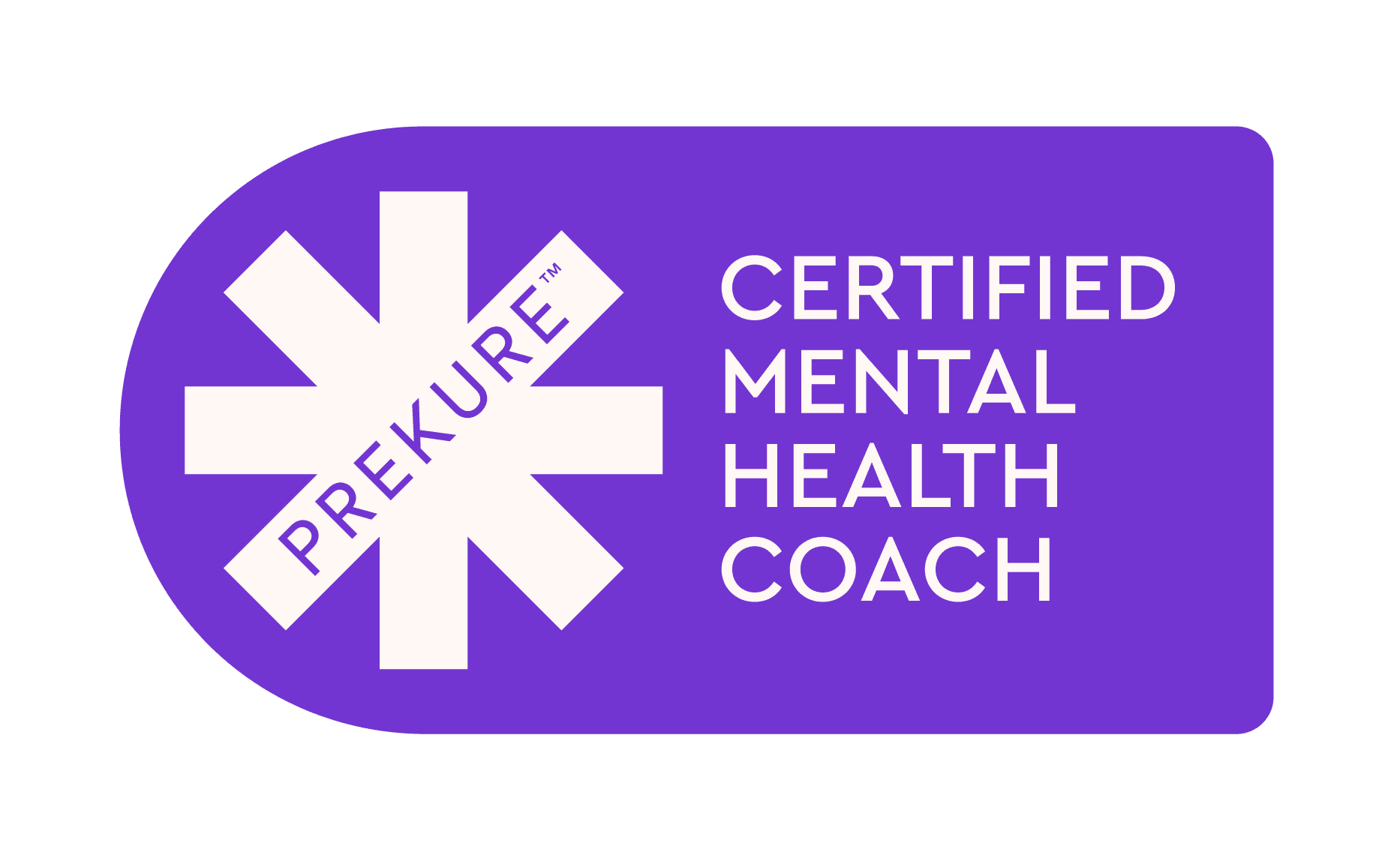Boredom as Opportunity vs Kryptonite
“Boredom is opportunity,” says Simon Sinek. “Boredom is kryptonite,” says Dr. Edward Hallowell. Can they both be right?
I saw Simon Sinek’s post with the strapline “Embrace Boredom” and it sent me down a tunnel of thought.
The first thing that came to mind was Dr. Hallowell’s words: “Boredom is an ADHDer’s kryptonite. They are stimulation seekers and need to address the mental emergency, the brain pain, that boredom sets off.”
That made me wonder whether boredom really serves everyone in the same way. For some, boredom is a soul-sucking, Dementor-like state. That hardly feels like fertile ground for creative thought or emotional processing.
Brené Brown on Boredom and Restlessness
Brené Brown in her book The Atlas of the Heart defines boredom as “the uncomfortable state of wanting to engage in a satisfying activity, but being unable to do so.”
This definition matters because it shows that boredom isn’t simply stillness. It’s often frustration, restlessness, or even shame, and for some, that discomfort sparks creativity, while for others, it is paralysing.
Simon Sinek: The “Good Nothing” and Creative Pause
When I watched the full podcast, I realised Simon Sinek wasn’t really talking about boredom at all. He was talking about something richer, what he calls “good nothing.”
A pause. Space. The kind of moment we often rush to fill with digital devices (yes, even on the toilet, as he jokes).
I think of it as Going to the Doldrums, that still, windless space where something shifts. It is where creativity can be harnessed, where ideas begin to find some order, or where the nervous system has a chance to settle.
This isn’t about enduring boredom. It’s about creating the right kind of pause.
ADHD, Boredom, and the Goldilocks Pause
So, maybe it's not about boredom at all, but about finding a Goldilocks Pause. Not too empty, not too stimulating, but just right.
For some, that might mean sitting in stillness until thoughts surface.
For ADHDers, it might need to be intentional and bounded, perhaps paired with light activity like walking or doodling, or even a timed brain dump to ease the pressure on executive function.
For me, it’s often going for an unplugged (including no podcast) walk with the dog up a nearby (dormant!) volcano and looking out at the vastness of the ocean.
Kristin Neff: Shame, ADHD, and Self-Compassion
Dr. Kristin Neff’s work on shame adds another layer here. Many ADHDers have been criticised for what they do in moments of pause - being “too much,” “too intense,” or “too chaotic”.
That history of criticism means that even rest or stillness can carry shame, making it harder to trust and value your own way of creating space. Seen through this lens, the Goldilocks Pause is not just about creativity. It is also about self-compassion, reframing these moments as valuable rather than wrong. Allowing ourselves to find and honour the form of pause that works for our brain without judgment.
Universal Truths About “Good Nothing”
Maybe “good nothing” is a universal need. But how the Goldilocks Pause is created, and what it looks like, is different for every brain.
Coaching and the Goldilocks Pause
If you are curious about exploring your own Goldilocks Pause, or finding kinder, more sustainable ways to work with your brain, coaching can help. With structured, compassionate support, you don’t have to figure it out alone, because in the end, humans need humans.






